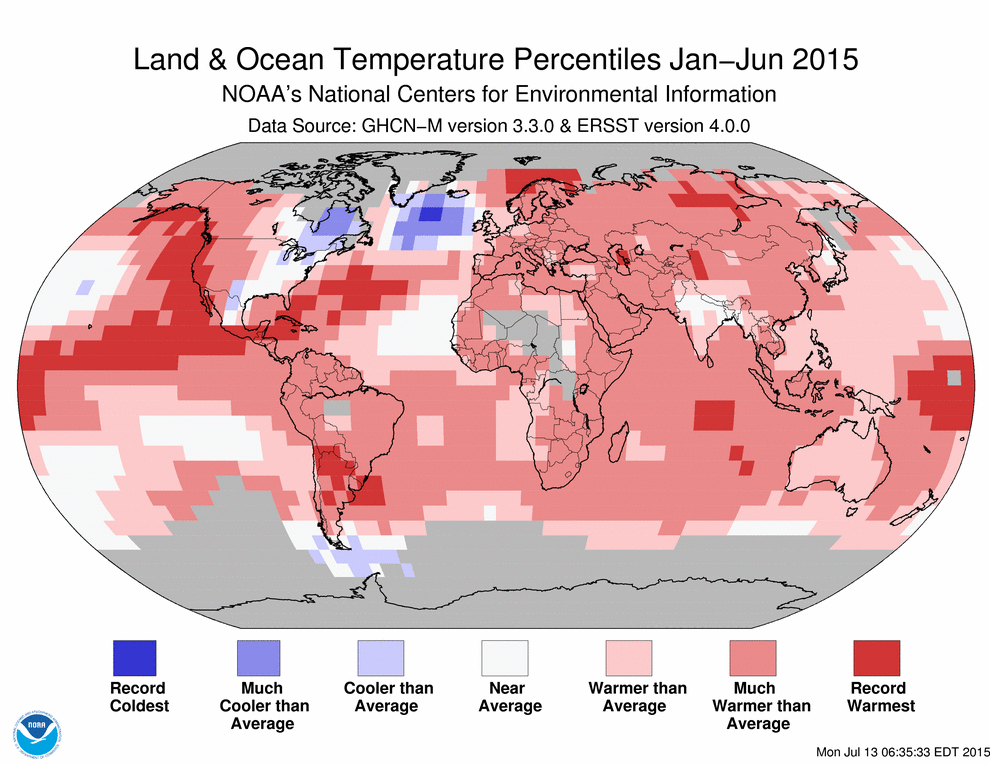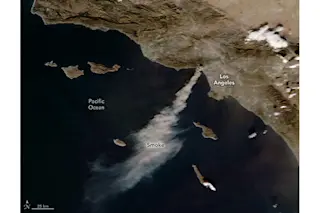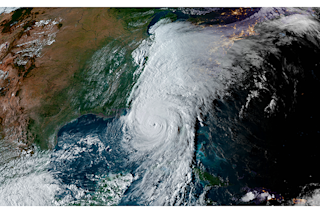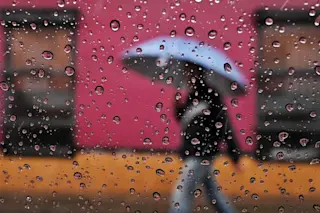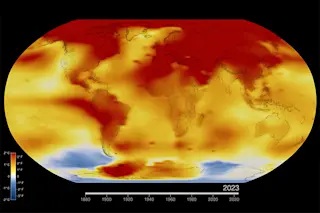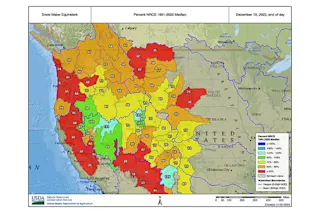Record warmth was seen in many places around the globe during the first half of 2015. Meanwhile, only one small area in the North Atlantic experienced record cold. The first six months of 2015 comprised the warmest first half of any year on record, surpassing the previous global record for January through June set in 2010. This past June also was the warmest in the 136-year record, according to the latest monthly update from the National Centers for Environmental Information. (Both NASA and the Japan Meteorological Agency have also ranked June as warmest on record.)
SEE ALSO: Japan Meteorological Agency: For the Globe as a Whole, June 2015 Was the Warmest on Record
As the map above shows, most of the world's land areas were much warmer than average, meaning they fell within the top 10 percent their historical temperature range for January through June. Vast swaths of the world's ...


